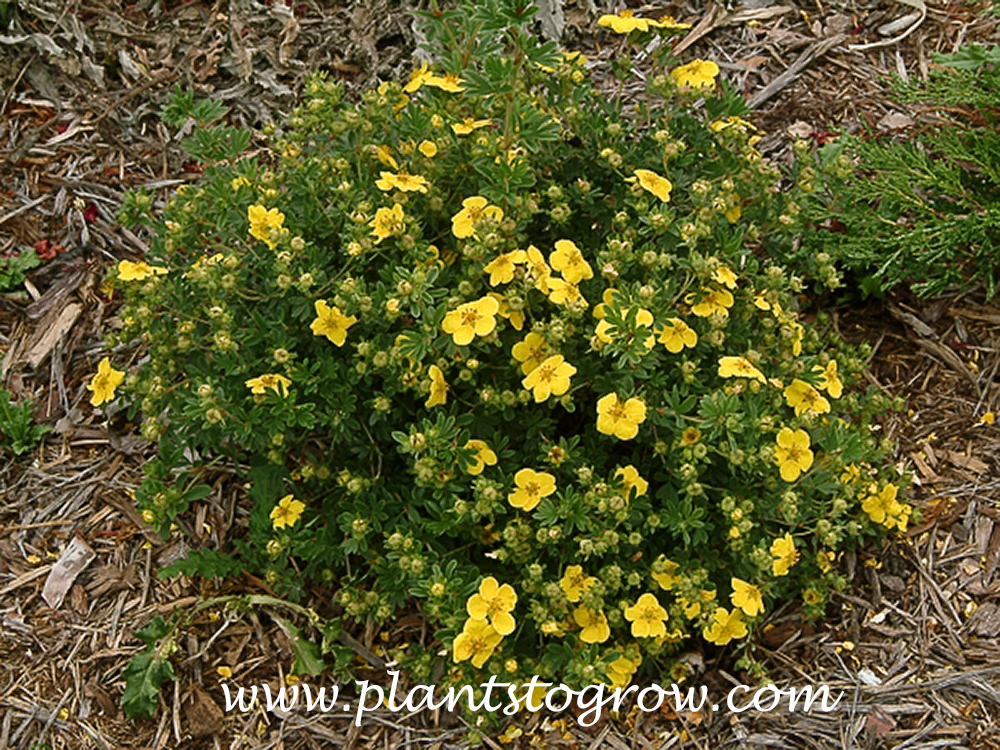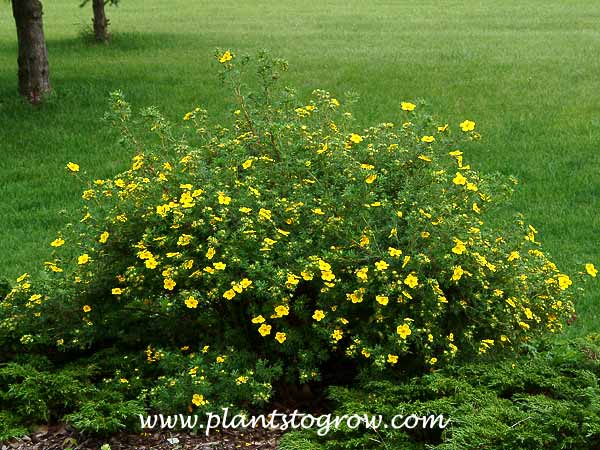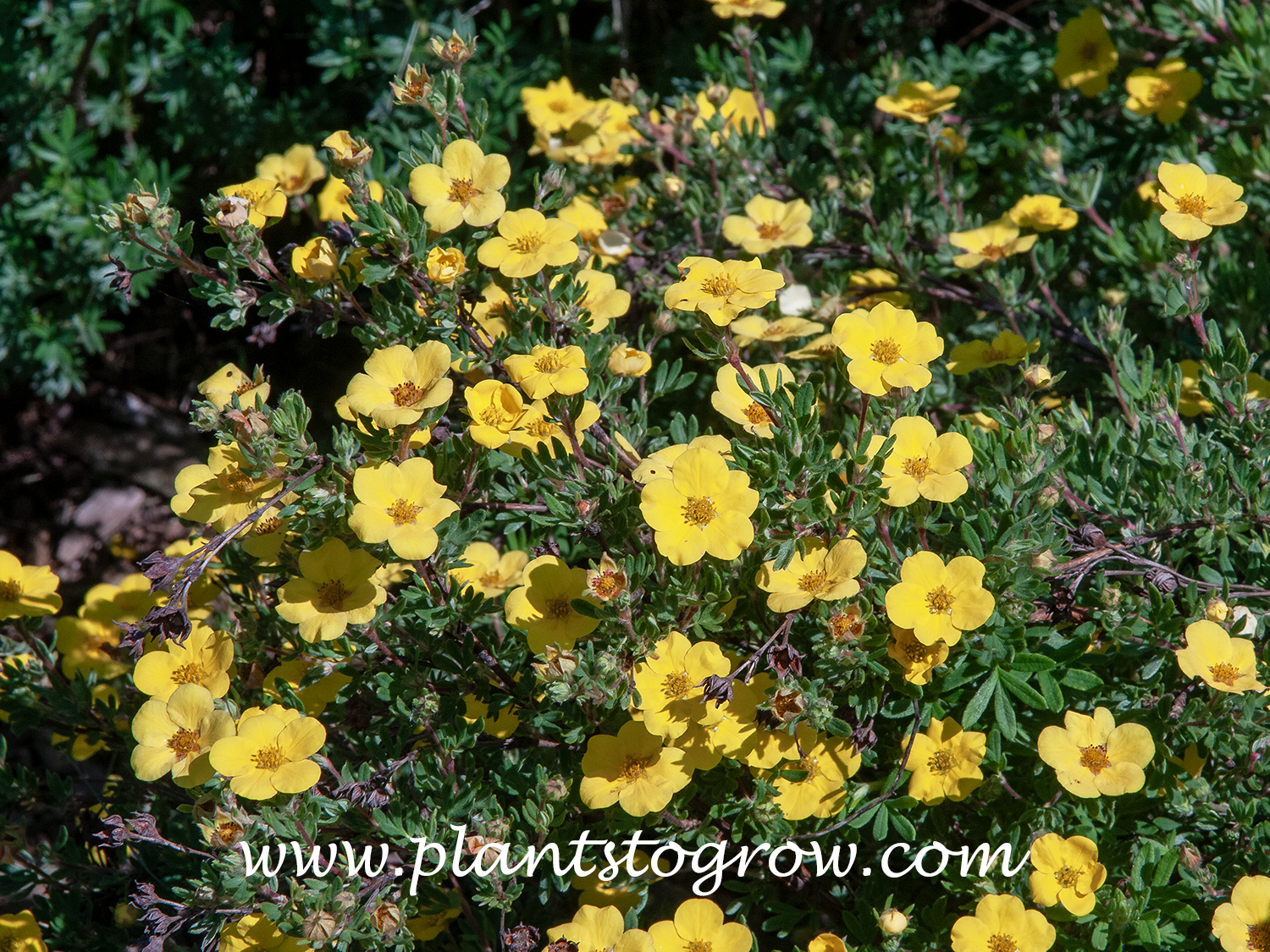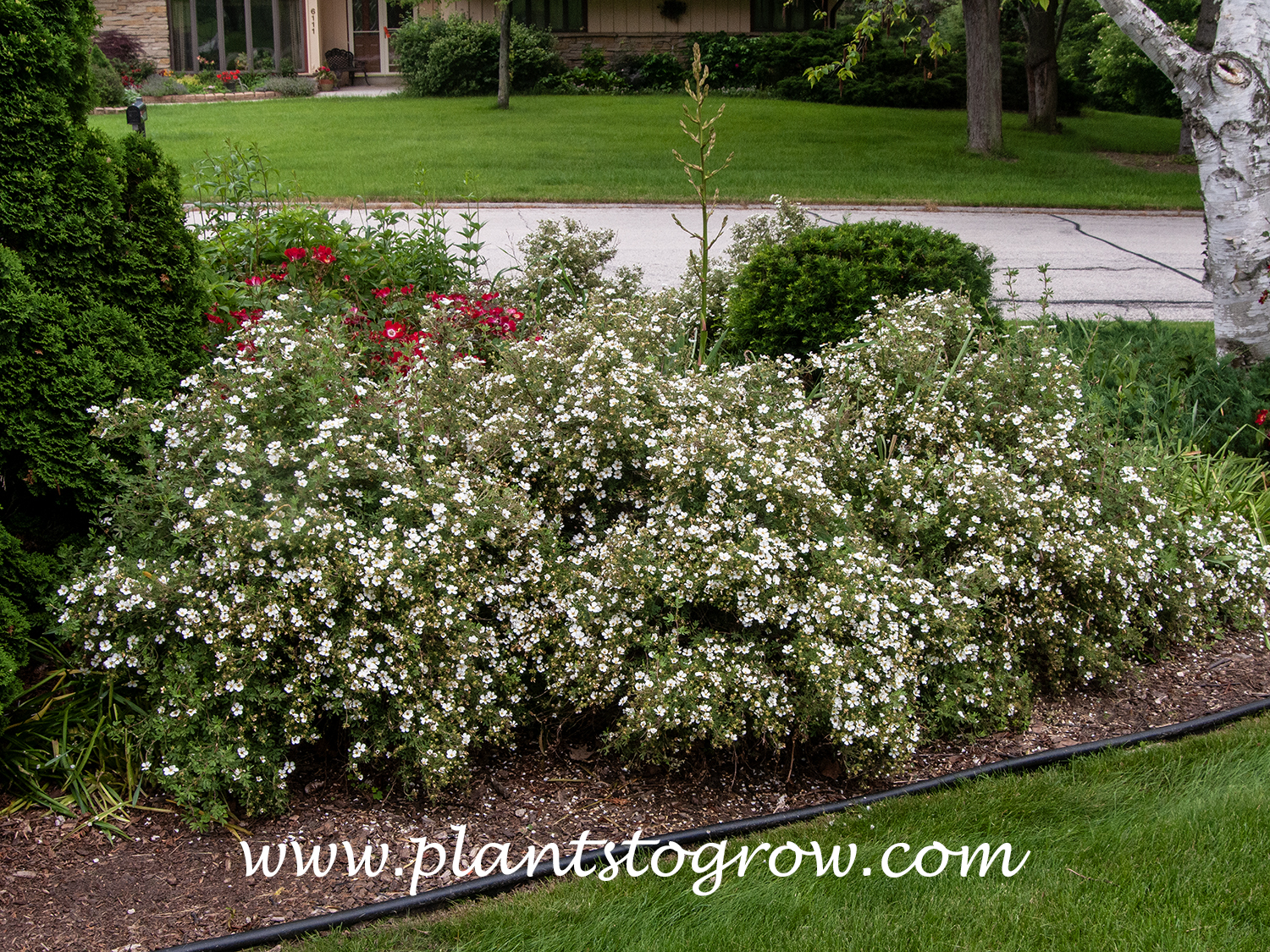| Description | Potentilla (Potentilla fruiticosa) Is a versatile, easy-to-grow flowering small shrub This data page contains information on how to grow these shrubs. |
|---|---|
| Pronunciation | (po-ten-TIL-a)(fro-ti-KO-sa) |
| Plant Type | Shrubs Deciduous, Site author's observations |
| Hardiness Zone | 2-7 |
| Sunlight | It blooms best when given enough light but will tolerate some shade. Full sun, mostly sunny, or some shade are the options. |
| Moisture | Grows in average to moist conditions. Does not tolerate wet soggy sites. |
| Soil & Site | They can tolerate average to moist (not wet) areas but will show stress in drought conditions, benefiting from additional water. |
| Flowers | Flowers about 1" across and usually have five petals. Colors are white, yellow, orange, red and pink. The red and orange cultivars are difficult in zone #5, they don't hold the color and fade in the heat. Produced in large numbers in the first flush around June and than sporadic through out the summer. |
| Fruit | an achene, not ornamental |
| Leaves | Fine textured leaves, light to dark green, some slightly blueish. There are a few yellow-leaf cultivars available. |
| Stems | very twiggy |
| Roots | fiborous |
| Dimensions | Reaches 2-4 feet in height, 3-5 spread depending on the cultivar and amount of pruning. Space 3-4 feet on center. |
| Maintenance | All Potentilla plants need to be pruned annually or at least every other year, ideally within a three-year cycle. If pruning is neglected, the plants can become scraggly, develop numerous old, gnarly stems, and experience a decrease in flower production. There are three methods for pruning these shrubs: **Method #1:** This involves using hedge shears to shape the plant into a misshapen geometric figure. This approach is the least desirable, as it doesn't significantly benefit the plant and does little to enhance flower production. **Method #2:** This method entails cutting the shrub back close to the ground, leaving 3-6 inches of stem. Although it may seem harsh, a healthy shrub will quickly regrow. This is a straightforward and effective method. **Method #3:** This consists of removing the old, gnarly stems as close to the ground as possible using pruning shears. You would cut the shrub back by about one-third to one-half, shaping it to resemble its natural form. The earlier in the spring this is done, the sooner the plant will flower. One of my clients has me prune her Potentilla shrubs each year because she enjoys the fresh, new growth. After the plants have finished blooming, many people choose to remove the dried seed heads, although this is a matter of personal preference, and I usually do it. |
| Propagation | softwood cuttings |
| Author's Notes | It is an extremely useful genus of flowering shrubs for the landscape. It can be used as a foundation planting, part of gardens, or massed in berms and borders. However, it seems to have lost some of its luster since it has been used extensively over the years. |
| Notes & Reference | #01-Manual of Woody Landscape Plants (Michael Dirr), #274-Site Authors' observations and growing experiences of different Potentilla shrubs. |

Cart




